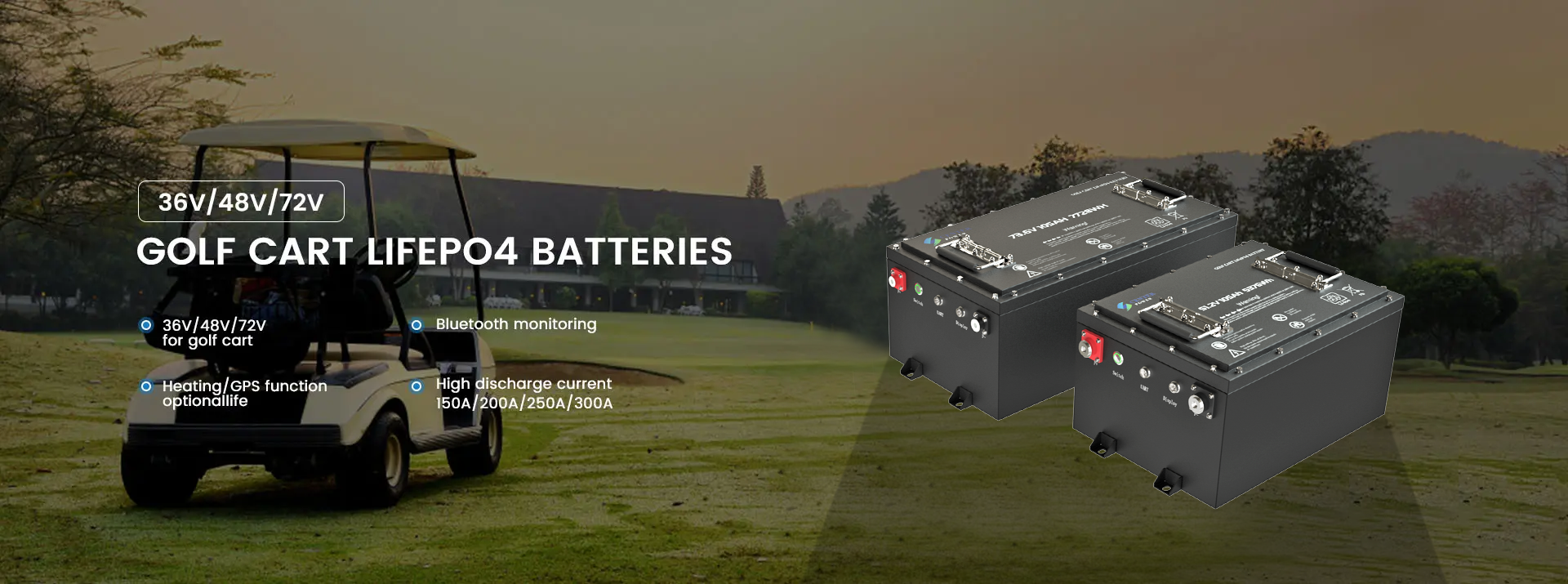
1. Purpose and Function
- Cranking Batteries (Starting Batteries)
- Purpose: Designed to deliver a quick burst of high power to start engines.
- Function: Provides high cold-cranking amps (CCA) to turn the engine over rapidly.
- Deep-Cycle Batteries
- Purpose: Designed for sustained energy output over long periods.
- Function: Powers devices like trolling motors, electronics, or appliances, with a steady, lower discharge rate.
2. Design and Construction
- Cranking Batteries
- Made with thin plates for a larger surface area, allowing for a quick energy release.
- Not built to endure deep discharges; regular deep cycling can damage these batteries.
- Deep-Cycle Batteries
- Constructed with thick plates and robust separators, allowing them to handle deep discharges repeatedly.
- Designed to discharge up to 80% of their capacity without damage (though 50% is recommended for longevity).
3. Performance Characteristics
- Cranking Batteries
- Provides a large current (amperage) over a short period.
- Not suitable for powering devices for extended periods.
- Deep-Cycle Batteries
- Provides a lower, consistent current for a prolonged duration.
- Cannot deliver high bursts of power for starting engines.
4. Applications
- Cranking Batteries
- Used to start engines in boats, cars, and other vehicles.
- Ideal for applications where the battery is charged quickly by an alternator or charger after starting.
- Deep-Cycle Batteries
- Powers trolling motors, marine electronics, RV appliances, solar systems, and backup power setups.
- Often used in hybrid systems with cranking batteries for separate engine starting.
5. Lifespan
- Cranking Batteries
- Shorter lifespan if repeatedly discharged deeply, as they are not designed for it.
- Deep-Cycle Batteries
- Longer lifespan when used properly (regular deep discharges and recharges).
6. Battery Maintenance
- Cranking Batteries
- Require less maintenance since they don’t endure deep discharges often.
- Deep-Cycle Batteries
- May need more attention to maintain charge and prevent sulfation during long periods of disuse.
Key Metrics
| Feature | Cranking Battery | Deep-Cycle Battery |
|---|---|---|
| Cold Cranking Amps (CCA) | High (e.g., 800–1200 CCA) | Low (e.g., 100–300 CCA) |
| Reserve Capacity (RC) | Low | High |
| Discharge Depth | Shallow | Deep |
Can You Use One in Place of the Other?
- Cranking for Deep Cycle: Not recommended, as cranking batteries degrade quickly when subjected to deep discharges.
- Deep Cycle for Cranking: Possible in some cases, but the battery may not provide sufficient power to start larger engines efficiently.
By selecting the right type of battery for your needs, you ensure better performance, durability, and reliability. If your setup demands both, consider a dual-purpose battery that combines some features of both types.

Post time: Dec-09-2024





